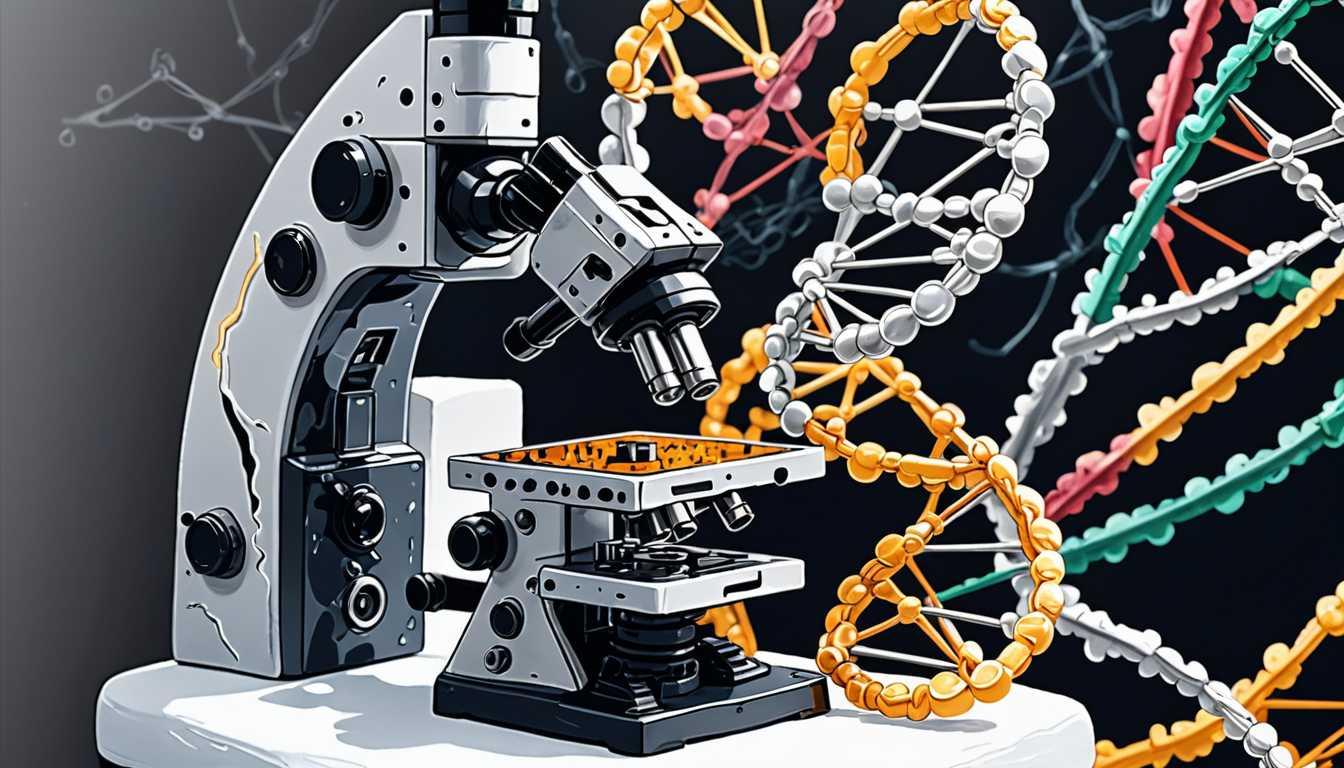Malaria's Clever Escape: The tRNA Secret
May 2024
MIT News
Introduction
Hey there, curious minds! Did you know that malaria parasites are getting trickier by the day? A team from the Singapore-MIT Alliance for Research and Technology (SMART) has cracked the code on how these pesky parasites dodge the antimalarial drug artemisinin. They discovered that a tiny tweak in a molecule called tRNA helps the parasites adapt and survive under stress. This groundbreaking research could lead to new, more effective treatments in the fight against malaria. Dive into the full scoop on MIT News!
READ FULL ARTICLEWhy It Matters
Discover how this topic shapes your world and future
The Fight Against Malaria and Drug Resistance
Malaria is not just a word you might hear in health class, it’s a real and dangerous disease that affects millions of people around the world. In 2022 alone, malaria caused over 600,000 deaths! Understanding how malaria parasites, especially the deadliest type called Plasmodium falciparum, are becoming resistant to treatments is crucial. Researchers have discovered that a special process related to RNA, called tRNA modification, allows these parasites to survive when treated with artemisinin, a key drug. This means that as malaria parasites learn to resist our best medicines, new strategies and drugs are needed to combat them. This research is more than just a scientific breakthrough, it has the potential to save lives and improve health worldwide. By learning about how scientists tackle such challenges, you can appreciate the importance of innovation and resilience in the face of global health issues.
Speak like a Scholar
Malaria
A serious disease caused by parasites that are spread through the bites of infected mosquitoes, leading to fever, chills, and flu-like symptoms.
Antimicrobial Resistance (AMR)
The ability of microbes like bacteria and parasites to resist the effects of medications that once effectively treated them, making infections harder to treat.
tRNA (Transfer RNA)
A small RNA molecule that helps translate genetic information from messenger RNA (mRNA) to proteins, playing a key role in protein synthesis.
Epitranscriptomics
The study of chemical modifications made to RNA molecules, which can affect how genes are expressed and how cells respond to stress.
Gene Expression
The process by which the information in a gene is used to create a functional product, typically a protein, influencing how organisms develop and function.
Mass Spectrometry
A technique used to identify and analyze the chemical composition of substances, including the various modifications present in RNA molecules.
Independent Research Ideas
RNA Modifications and Cancer
Investigate how cancer cells utilize RNA modifications to resist chemotherapy and explore potential new treatments targeting these modifications.
Global Health and Malaria
Examine the socio-economic impacts of malaria in different regions and propose community-based strategies to enhance prevention and treatment.
Innovative Therapies in Infectious Diseases
Research how new technologies, like CRISPR, can be used to create innovative treatments for drug-resistant infections, including malaria.
Comparative Study of Drug Resistance
Compare the mechanisms of drug resistance in various pathogens (like bacteria and viruses) to understand shared strategies and develop broader treatment approaches.
Environmental Factors in Disease Spread
Explore how climate change and environmental conditions influence the spread of malaria and other infectious diseases, and suggest ways to mitigate these effects.
Related Articles

Genetic Mysteries of Lupus Explained!
May 2024
UC Berkeley

Fighting Cholera: The Phage Revolution Begins
May 2024
McGill University

Gene Mutations: Unraveling Cellular Secrets
May 2024
Cornell News Highlights

Ferrocalm: Gut Relief Revolution
March 2023
University of Bristol

Statins: A Surprising Ally Against Cancer?
May 2024
Harvard Gazette